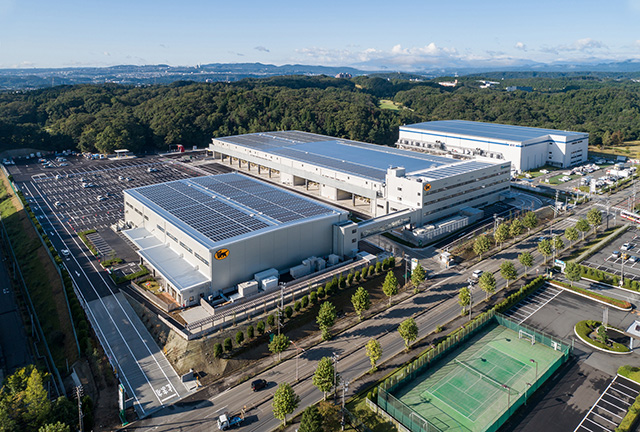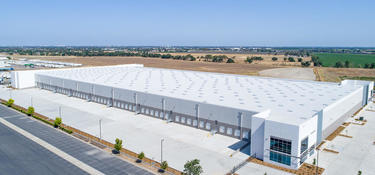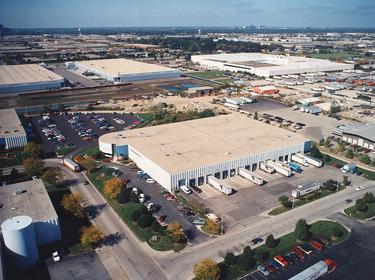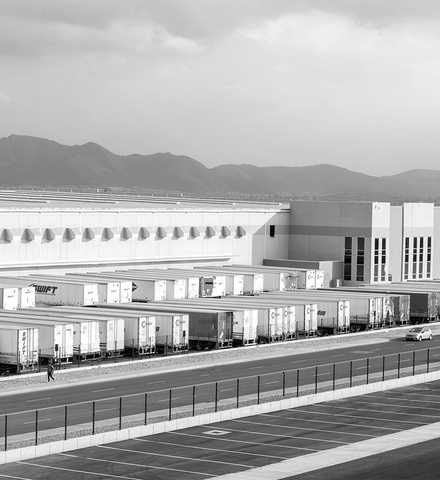
Choosing the right commercial lease terms isn’t an easy task for a growing company. Warehouse tenants want the peace of mind and concessions that often come with signing long-term leases, but they also want the flexibility of being able to move if the business outgrows the current warehouse space. As a result, business owners need to consider both current and future needs when negotiating lease terms.
But what are the typical commercial lease terms to expect at the start of a negotiation? And what factors should a tenant consider when it comes to the length of the lease? This guide will help tenants understand typical commercial lease terms in order to negotiate a lease that works well for their company.



